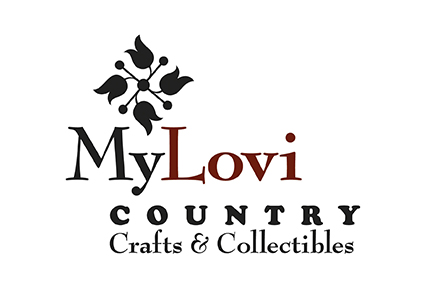This has always been a very difficult task as a crafter. It is easy to figure out how much you spent on materials, it is pricing your labor. The method I use is determined on what would I pay an employee to do this task. Simple sanding or base painting is not a highly skilled task, so I would pay $10.00/hr for someone to do that for me. Any fine woodworking or creating clay figurines requires a lot more skill, so I use $20.00/hr to calculate those pieces. Then using Excel, I build a spreadsheet that adds material and labor costs. Then add a percentage for profit and overhead to determine your wholesale price. If you do not wish to offer pieces wholesale, then it is your retail cost. The worse thing a crafter can do is not charge enough for their time. Even if you are doing crafts for fun, this practice hurts many artisans that are trying to make a living with their craft and does not provide a level pricing structure.
In addition, it is a good exercise to figure out your true cost to make a piece, because as you participate in craft shows or on your website, you may be approached from a retailer about carrying your product in their store. You need to know “how low” you can go, so that you make a living and do not price yourself out of the market. Many retailers add at least a 50% mark-up or higher to the price you sell it to them to cover all of their cost of doing business. Depending upon your product, it may be too high to offer to a retailer at wholesale. Another way is to modify the product for retailers. You do not want to have the same product at a retail store vastly different in price from what you may offer online or at shows. A great resource I have found to get you started is a book by James Dillehay called “The Basic Guide to Pricing your Craftwork”.
